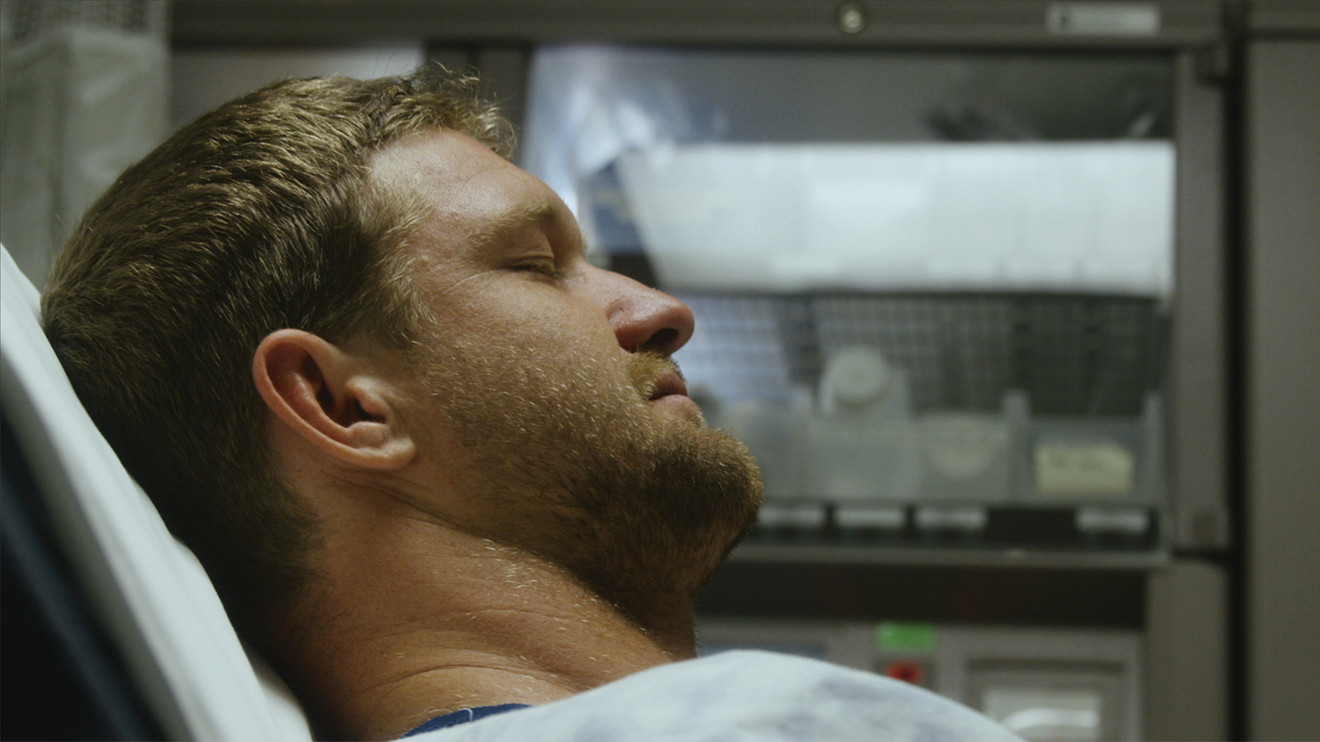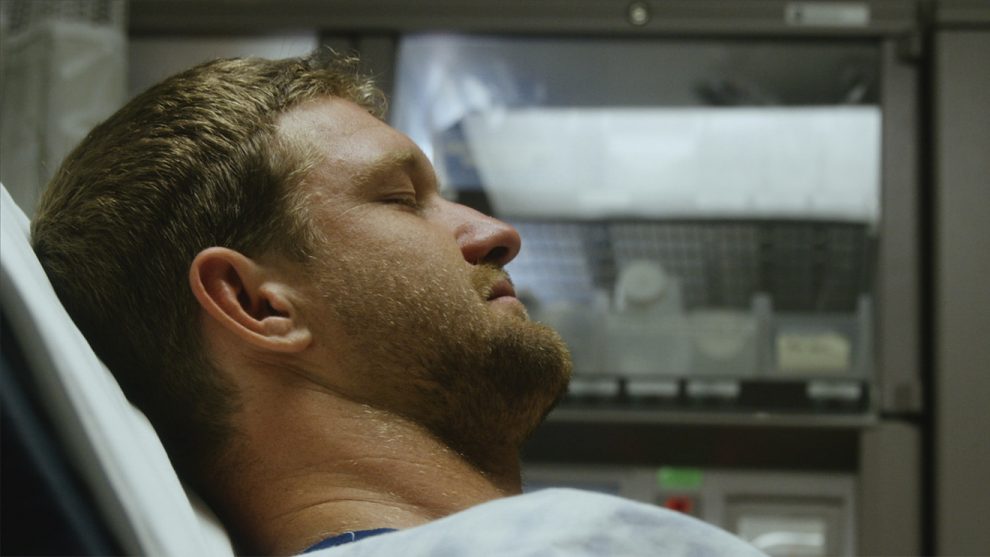
People are twice as likely to file for bankruptcy if their health insurance has been interrupted, according to a new study published this week. In fact, all it takes is a coverage gap within two years for the chance of bankruptcy to jump twofold, according to the study published by the American Bankruptcy Institute.
Many insurance plans are connected to an individual’s employment or that of his/her spouse. Plus, a health limitation can create employment instability.
The researchers analyzed Bureau of Labor Statistics data of more than 12,500 people. It They found a “strong association” between coverage interruptions and consumer bankruptcies. That link held true, even when controlling for variables like earnings and debt-to-income ratio. From 2008 to 2014, 454 people in that sample declared bankruptcy.
Divorce, health problems and lower incomes were usually factors at play when someone experienced interrupted health coverage, the study said. Many insurance plans are connected to an individual’s employment or that of his/her spouse. Plus, a health limitation can create employment instability, it added.
There’s already a “well established connection” between outstanding medical bills and consumer bankruptcies, the authors said, but there’s less consensus on what counts as medical debt and how many bankruptcy cases are filed because of those unmanageable health costs.
Such studies typically show correlation and not causation. In this case, it could be that people who lack health insurance are not employed and/or are too poor to pay the lawyers and legal fees, the researchers suggested.
Don’t miss: 4 red lines to avoid financial disaster, according to a New York bankruptcy judge
Medical costs are a widespread worry for many Americans. Half of all Americans say they or a family member have put off a doctor or dentist’s visit in the past year because of the cost, according to the Kaiser Family Foundation. Approximately one-third (34%) of insured adults report it’s either “very difficult” or “somewhat difficult” for them to afford their deductible, the organization said.
Half of all Americans say they or a family member have put off a doctor or dentist’s visit in the past year because of the cost, according to the Kaiser Family Foundation.
“Continuing health insurance matters,” Michael Sousa, one of the authors and an associate professor at the University of Denver Sturm College of Law, told MarketWatch. He suggested investing more money into the Affordable Care Act, an Obama-era health law that aims to ensure fewer people go without health insurance.
Last month, Fifth Circuit judges heard arguments on whether to strike down the ACA after lawmakers repealed the penalty against individuals who didn’t have health insurance. Approximately 20 million people could lose their coverage if the law is ruled unconstitutional, according to advocates pushing to keep the law intact.
The Justice Department argues the lower court ruling should be upheld.
See also: 1 in 4 cancer survivors is going broke fighting to stay alive
Previous research has estimated that more than two in every three bankruptcies are spurred by medical issues, whether because of mounting bills, lost income from an illness or a combination of the two.
Like Sousa, Brook Gotberg, the other author on the latest study, and an associate professor at the University of Missouri Law School, said the study underscored the importance of health insurance. ”There’s general consensus if somebody has a horrible, unforeseen unmitigated medical emergency, that’s shouldn’t destroy their lives.”
There was a 5% monthly increase in total bankruptcy filings in July 2019, the American Bankruptcy Institute announced in a separate report released Monday. There were 64,283 bankruptcy filings, up from 62,241 for the same period last year. And there were roughly 1,000 more consumer bankruptcies by July, compared to the same period last year.
Alabama had the highest per capita rate, with 5.61 filings per 1,000 people, followed by Tennessee (5.39), Georgia (4.31), Mississippi (4.25) and Nevada (3.79). Last year, there were more than 770,000 bankruptcy filings — a legal process that gives financially strapped debtors a fresh start while also paying their creditors — down from 1.6 million in 2010.









